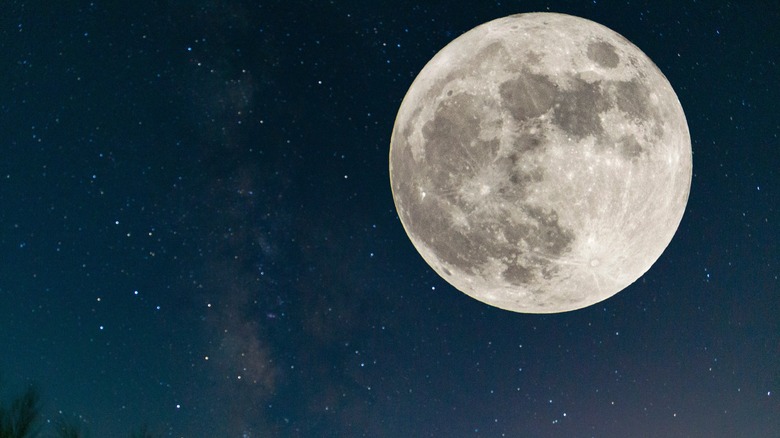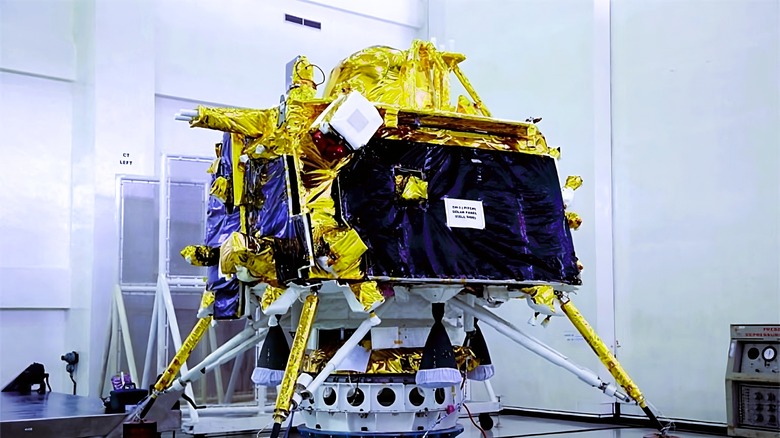Watch: India's Historic Moon Landing
For about as long as mankind has shot for the stars, our moon has been the first goalpost for any major space program. To date, only a small handful of craft, manned and unmanned, have successfully landed upon the lunar surface and explored the dazzling silence of a celestial object beyond our own. Today, another space program has joined that illustrious few by putting fresh tires on the moon.
Today, the Indian Space Research Organisation, or ISRO, successfully launched and landed its new lunar lander. The new module includes the spacecraft that carried the lander, the Chandrayaan-3, the lander proper, codenamed Vikram, as well as a new rover, Pragyan. After a nail-biting launch, Vikram has successfully touched down on the moon as of 8:30 a.m. EST, and is preparing to deploy Pragyan to begin its new mission.
"On this joyous occasion...I would like to address all the people of the world," Indian Prime Minister Narendra Modi said from his current visit to the BRICS Summit in South Africa. "This success belongs to all of humanity, and it will help moon missions by other countries in the future."
The south side of the moon
Besides the general achievement of successfully landing on the moon's surface, the Chandrayaan-3 mission is notable for managing the closest landing to the moon's south pole to date. The south pole hasn't had much direct research conducted upon it, but according to prospective research, it could be a scientific goldmine.
It is believed that the south pole contains deposits of frozen water, which could be used in a future mission to create fresh propulsion fuel, or even converted into drinking water for astronauts.
Chandrayaan-3 Mission:
'India🇮🇳,
I reached my destination
and you too!'
: Chandrayaan-3Chandrayaan-3 has successfully
soft-landed on the moon 🌖!.Congratulations, India🇮🇳!#Chandrayaan_3#Ch3
— ISRO (@isro) August 23, 2023
In addition to its research on the south pole, the Pragyan rover features a built-in seismometer meant to measure potential seismic activity on the moon. In an effort to prepare for future manned missions, it's important to determine if and when the lunar surface experiences earthquakes (or moonquakes, rather), and what kind of severity they reach.
"You want to make sure that any potential seismic activity wouldn't endanger any astronauts," Dr. Angela Marusiak of the University of Arizona's Lunar and Planetary Laboratory told CNN on the subject. "Or, if we were to build structures on the moon, that they would be safe from any seismic activity."
With the info-gathering mission officially underway, the lander and rover modules are expected to go about their duties for about two weeks' time, during which the propulsion module will remain in orbit to beam fresh data back to Earth.

